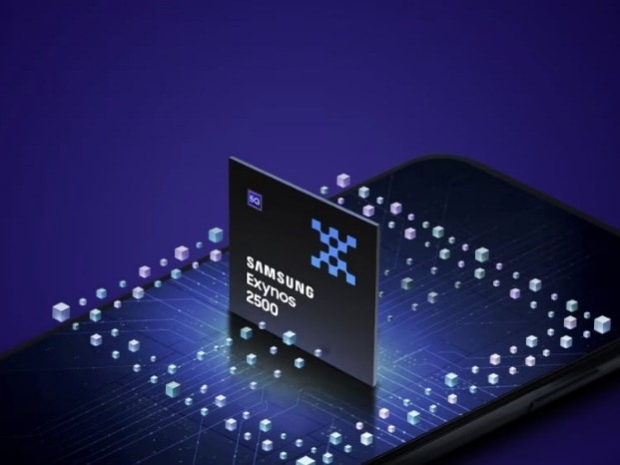If the rumour pans out, the move would give the baseband chip real-time satellite communication abilities, aimed at supporting faster and more efficient low-orbit connectivity.
According to Hankyung, a Samsung semiconductor executive recently met with SpaceX to discuss the development of a next-gen Exynos SoC capable of near-instant interaction with low-Earth orbit satellites. Such a partnership could shake up satellite communication setups by reducing signal delays and boosting reliability.
The goal is for the AI-enhanced modem to handle satellite movement prediction, manage beam alignment in real time, and optimise signal strength across varying conditions. Current chipsets struggle to directly handle communication with tens of thousands of orbiting satellites, making them reliant on external hardware or indirect methods.
Unnamed analysts quoted in the report suggest Samsung wants to position itself as a key supplier in the satellite communication ecosystem SpaceX is building. That would make an AI-capable modem a strategic asset, especially as demand grows for reliable off-grid connectivity.
There’s still uncertainty over whether this tech will debut in the Exynos 2600. Earlier reports suggested it would use a standalone 5G modem, which might complicate integration of a built-in NPU. Existing Exynos 2600 leaks have made no mention of AI features within the modem, which implies the upgrade could land in a future revision instead.
Until Samsung confirms anything, the only certainty is that it’s betting big on AI, satellite links, and SoC integration as key pillars of its chip strategy.




